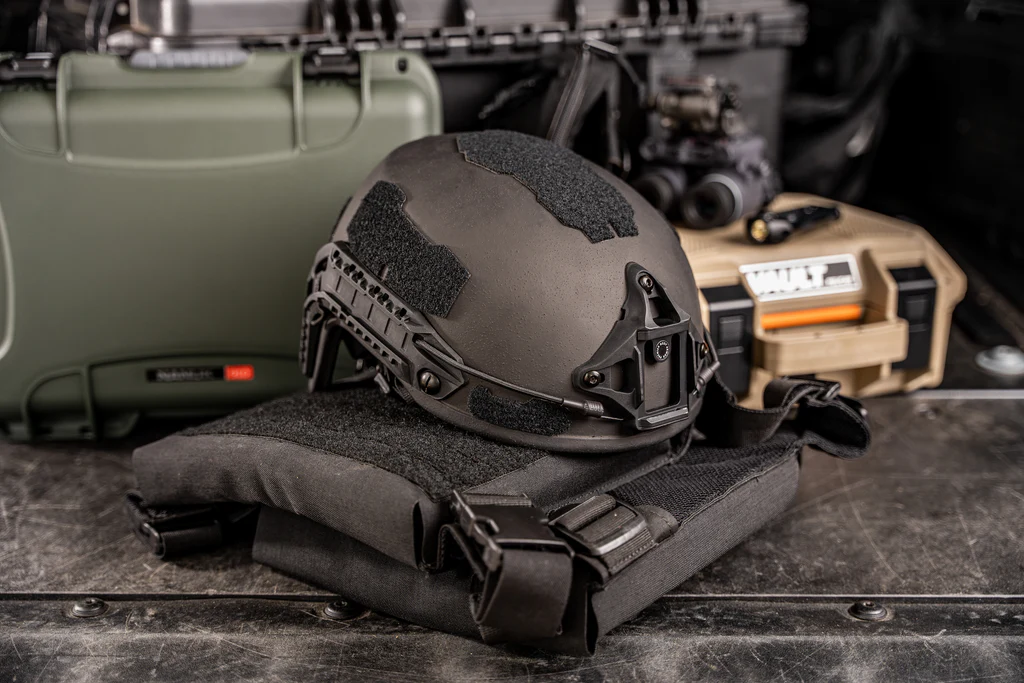Why China is Leading the Way in Bulletproof Helmet Technology
In recent years, China has emerged as a dominant force in the field of military and law enforcement technology, particularly in the production of bulletproof helmets. This rapid advancement can be attributed to several factors, including cutting-edge research and development (R&D), strategic government investments, and the increasing global demand for high-quality yet affordable protective gear. In this article, we will explore why China is at the forefront of bulletproof helmet technology and how it has positioned itself as a leader in the global market.
1. Government Support and Strategic Investments
One of the primary reasons for China’s success in China bulletproof helmet technology is the strong support from the Chinese government. Over the past decade, the Chinese government has invested heavily in modernizing its military and law enforcement agencies. These investments have been directed not only toward weaponry but also toward enhancing personal protective equipment (PPE), including China bulletproof helmets.
In 2017, China launched the “Made in China 2025” initiative, aiming to become a global leader in advanced manufacturing, particularly in high-tech industries. Bulletproof helmet production falls under this broader initiative as it is closely linked to national security and defense. With extensive government support, Chinese manufacturers have access to resources and incentives that allow them to invest in cutting-edge research, attract top talent, and expand production capabilities.
2. Innovation in Materials and Design
China’s rise as a leader in bulletproof helmet technology is also due to its innovation in materials and design. Traditionally, bulletproof helmets were made from heavy steel or aramid fibers (such as Kevlar). However, Chinese companies are pushing the boundaries by incorporating new materials like ultra-high-molecular-weight polyethylene (UHMWPE) and ceramic composites.
UHMWPE, for example, offers a lightweight alternative to traditional materials without compromising on strength or durability. This innovation allows for helmets that are not only more comfortable for the wearer but also more effective in stopping bullets and other projectiles. These new materials have significantly reduced the weight of helmets while improving their ballistic performance.
Chinese manufacturers are also adopting advanced design techniques that enhance user comfort and mobility. Modern Chinese bulletproof helmets are designed to provide better coverage while maintaining a lower profile, which reduces the chances of being targeted by enemies. This combination of lightweight materials and ergonomic design makes Chinese helmets highly competitive in both domestic and international markets.
3. Affordable Manufacturing and Competitive Pricing
Another key factor contributing to China’s dominance in bulletproof helmet technology is its ability to offer high-quality products at competitive prices. China’s extensive manufacturing infrastructure allows for the production of large quantities of bulletproof helmets at lower costs than many Western competitors. The country has mastered the art of mass production while maintaining strict quality control standards, which has enabled Chinese manufacturers to meet the increasing global demand for affordable protective gear.
As a result, Chinese bulletproof helmets have become highly sought-after by military and law enforcement agencies worldwide. In regions where budgets for protective gear may be limited, such as Africa, Southeast Asia, and parts of Eastern Europe, Chinese helmets offer a cost-effective solution without sacrificing performance.
4. Growing International Demand and Exports
With its focus on innovation, affordability, and quality, China has quickly become a leading exporter of bulletproof helmets. Chinese manufacturers have expanded their reach into international markets, supplying helmets to countries across the globe. This is particularly evident in nations that are modernizing their military and law enforcement capabilities but have limited budgets for PPE.
In addition to direct exports, Chinese companies are forming strategic partnerships with international defense contractors to further expand their presence. By collaborating with global companies, Chinese manufacturers can offer customized solutions to meet specific client needs, enhancing their reputation as reliable suppliers of bulletproof helmets.
5. Research and Development (R&D) Excellence
China’s success in bulletproof helmet technology is not just due to manufacturing prowess but also the country’s commitment to research and development (R&D). Chinese universities, research institutions, and private companies are actively engaged in advancing the science behind ballistic protection.
Much of the R&D in China focuses on improving the materials used in helmets to make them lighter, stronger, and more resilient. For instance, research into nanomaterials and graphene is promising, as these materials offer extraordinary strength at a fraction of the weight of traditional materials. Furthermore, Chinese researchers are experimenting with helmet designs that integrate communication systems, night-vision goggles, and other advanced features to enhance the effectiveness of helmets in combat situations.
Conclusion
China’s leadership in bulletproof helmet technology is the result of a combination of factors: government support, innovation in materials and design, competitive pricing, and a strong commitment to R&D. By leveraging these advantages, China has not only become a key player in the global market but is also setting new standards for the future of protective gear.
As the global demand for advanced bulletproof helmets continues to grow, China’s position as a leader in this field will likely strengthen further. With its focus on innovation and affordability, China is well on its way to shaping the future of bulletproof helmet technology.






